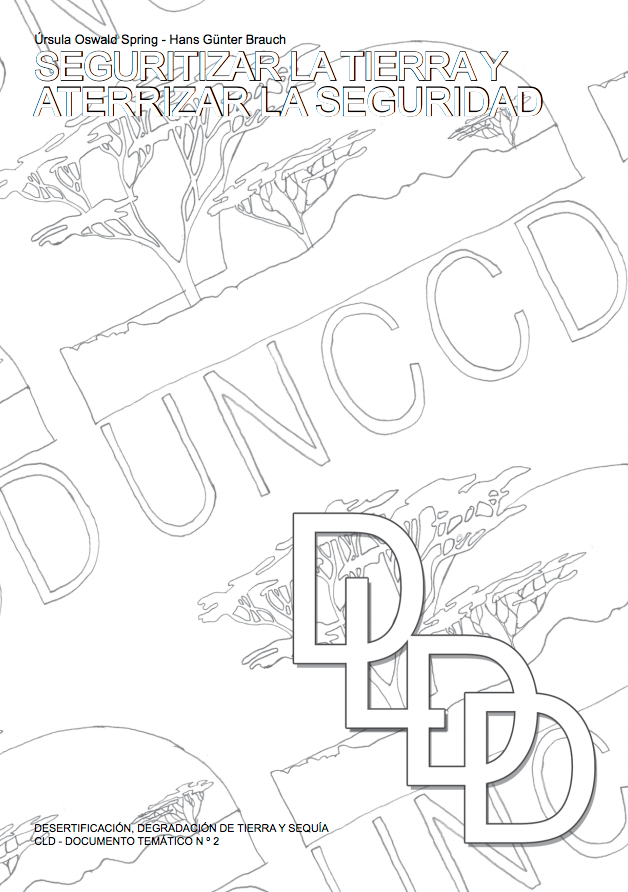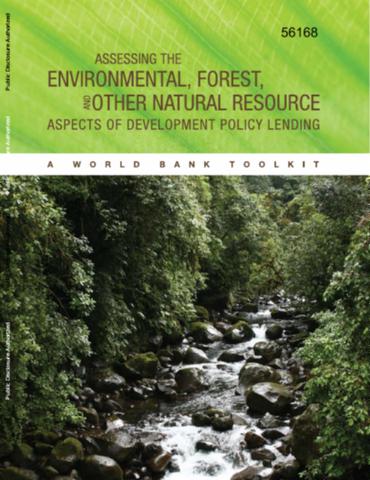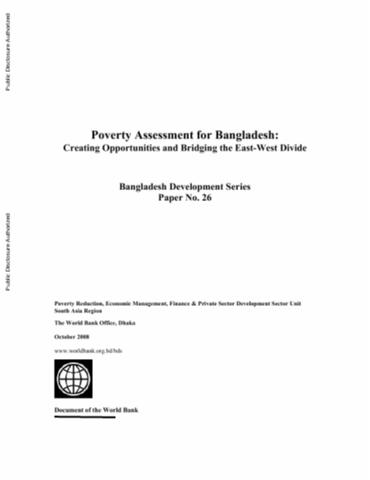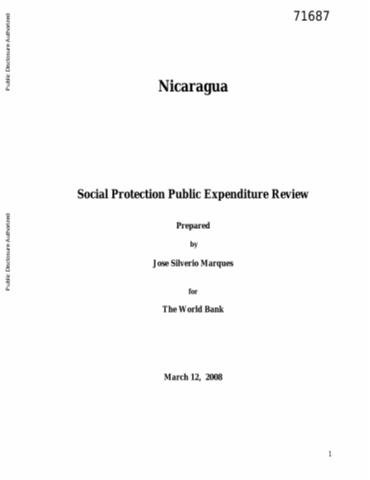Investigating the role of poultry in livelihoods and the impact of HPAI in Ethiopia
Ethiopia supports one of the largest livestock populations in all of Africa (Alemu et al. 2008). In fact, the livestock sector accounts for 19 percent of national GDP, and as much as 40 percent of agricultural GDP (FAO 2004). At a micro level, it has been estimated that livestock supports the livelihoods of about 80 percent of the rural population (FAO 2004).










